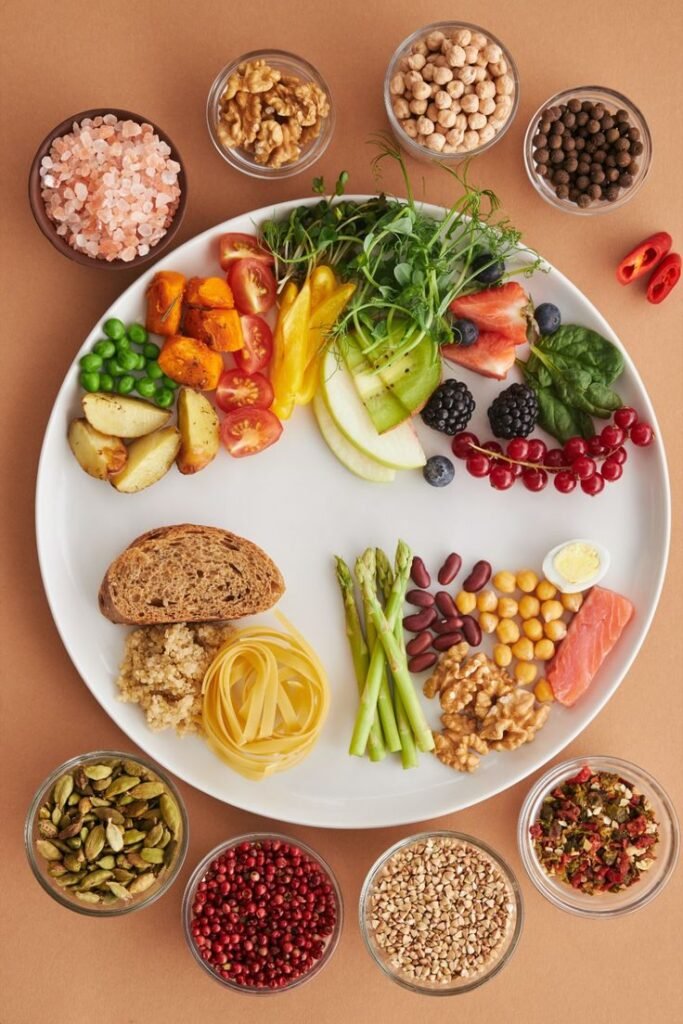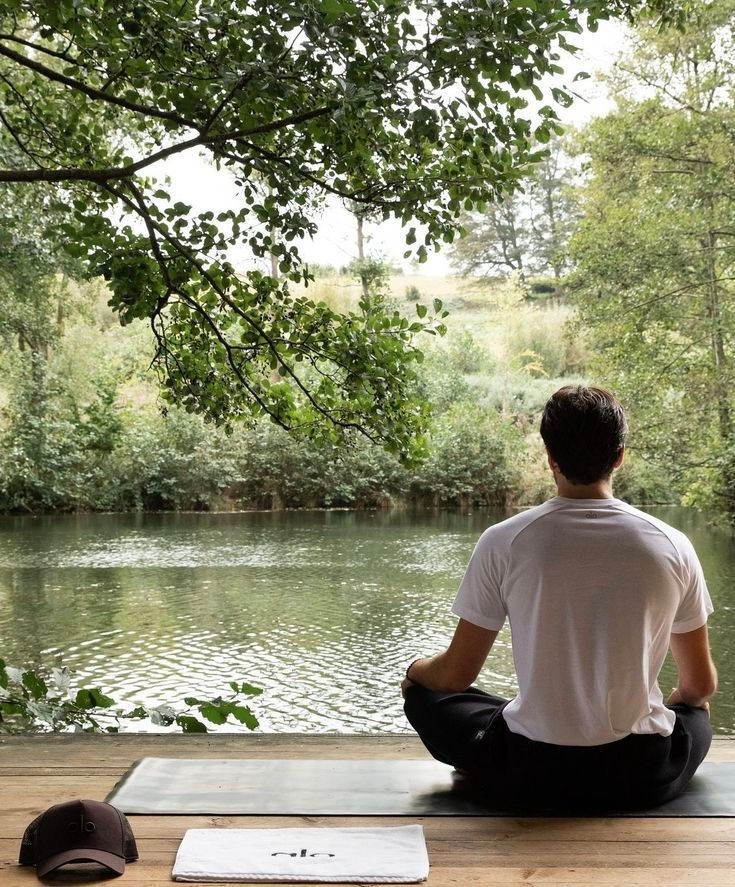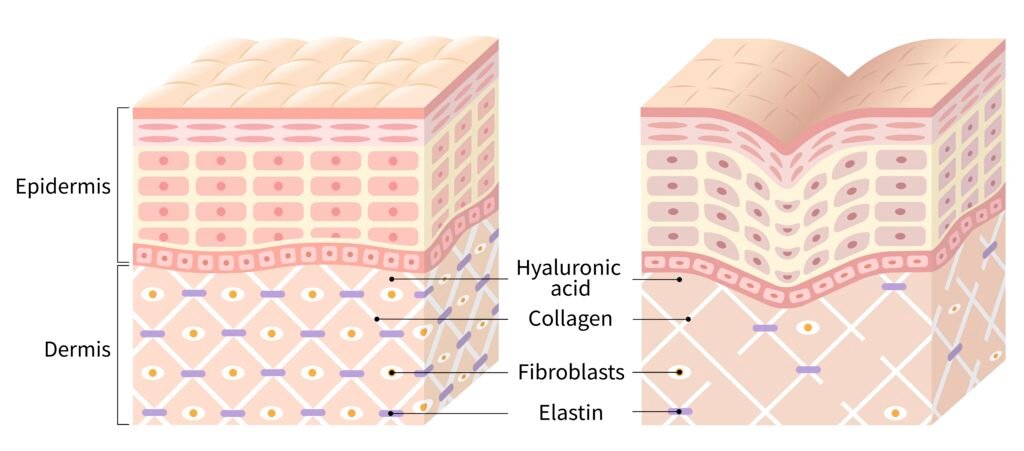20 Best Healthy Salad Recipes Welcome, Wellness Warriors! In our quest for vibrant health and sustained energy, few dishes rival the versatility and nutritional punch of a well-crafted salad. Far from being just a side dish, healthy salad recipes can be transformed into satisfying, flavor-packed main course meals. The secret lies in understanding how to combine fresh ingredients, lean proteins, healthy fats, and vibrant produce to create complete meals that tantalize your taste buds and nourish your body. Today, we’re diving into the world of the best healthy salads, bringing you 20 easy and delicious options that prove healthy eating doesn’t mean sacrificing flavor. Forget the notion of a boring bowl of leafy greens; these aren’t your average green salads. We’re talking about dynamic, satisfying creations that will elevate your culinary game and support your wellness goals. Whether you’re looking for quick summer salads or robust options to fuel your week, these healthy recipes are designed to be both accessible and exciting. The Art of the Perfect Salad: More Than Just Lettuce Before we unveil our top 20, let’s talk about what makes a salad truly exceptional. It’s about balance—a harmony of textures, flavors, and nutritional components. The best way to build a great salad is to think beyond just the greens. Consider a variety of elements: Now, let’s explore some of the best salad recipes that exemplify these principles. Our Top 20 Easy Healthy Salad Recipes Classic Comforting Salads 1. The Ultimate Chicken Caesar Salad: A perennial favorite, our Caesar salad gets a healthy makeover. Start with crisp little gem lettuce, grilled chicken breast, and a lightened-up homemade salad dressing made with Greek yogurt, lemon juice, and a touch of olive oil. Top with a sprinkle of parmesan cheese and skip the heavy croutons for a delicious, protein-packed main dish. 2. Classic Caprese Salad with a Twist: This isn’t just a side salad. Layer slices of fresh mozzarella, juicy tomatoes, and basil. Drizzle with balsamic glaze and extra virgin olive oil. For a more substantial version, add grilled chicken or a handful of arugula salad for a peppery bite. 3. Mediterranean Greek Salad: A vibrant and refreshing option, this greek salad is packed with crisp cucumbers, juicy tomatoes, red onion, kalamata olives, and feta cheese. A simple dressing of olive oil and red wine vinegarties it all together. It’s a great way to get a variety of nutrients. 4. Hearty Tuna Salad Bowl: Forget the heavy mayonnaise. Our tuna salad uses Greek yogurt or creamy avocado as a base, mixed with celery, red onion, and fresh dill. Serve it over a bed of leafy greens or in lettuce cups for a light and fulfilling meal. 5. Elevated Classic Potato Salad: This isn’t your grandma’s heavy classic potato salad. We lighten it up with a tangy dressing made from Greek yogurt, Dijon mustard, fresh dill, and a touch of apple cider vinegar. Add finely chopped celery and red onion for crunch. It’s a surprisingly satisfying side dish. READ MORE: 30-Day Anti Inflammatory Diet Vibrant Vegetarian Vegan Salads 1. Quinoa Power Salad with Roasted Veggies: A true power salad, this recipe features protein-rich quinoa as its base, combined with roasted sweet potatoes, brussels sprouts, and bell pepper. A simple lemon juice and olive oil dressing makes this a fantastic vegan salad or vegetarian salad for meal prep. 2. Black Bean Corn Salad: This is one of the quintessential summer salad recipes. Combine canned black beans(rinsed), fresh corn salad (from the cob or frozen), red onion, bell pepper, and cilantro. A zesty lime and olive oil dressing makes this a bright and flavorful side dish or a light main dish. 3. Chickpea & Avocado Salad: A quick and easy vegetarian salad, this combines mashed chickpeas with creamy avocado, diced celery, and red onion. Season with lemon juice, salt, and black pepper. Serve it in a big bowl over leafy greens for a satisfying lunch. 4. White Bean & Sun-Dried Tomato Salad: Cannellini beans (white beans) are the star here, tossed with chopped sun-dried tomato, fresh herbs like parsley, and a light vinaigrette. This is a simple yet elegant side salad that pairs well with grilled fish or chicken. 5. Arugula & Pear Salad with Creamy Goat Cheese: The peppery bite of arugula salad is perfectly balanced by sweet pear slices, creamy goat cheese, and crunchy pecans or walnuts. A light red wine vinegar and olive oildressing enhances the flavors. 6. Kale Salad with Lemon-Tahini Dressing: Raw kale can be tough, but a proper massage with lemon juice and olive oil makes it tender. Add crunchy vegetables like grated carrots, bell pepper, and toasted sunflower seeds. A creamy tahini dressing elevates this kale salad to a main dish contender. This is one of the best salad recipes for nutrient density. Seafood Poultry Sensations 1. Mediterranean Salmon Salad: Flaked cooked salmon is combined with crisp cucumbers, juicy cherry tomatoes, kalamata olives, and fresh dill. A simple lemon juice and olive oil dressing keeps it light and flavorful. It’s a healthy and delicious main course. 2. Shrimp Avocado Salad with Cilantro-Lime Vinaigrette: Cooked shrimp, creamy avocado, juicy tomatoes, and red onion tossed in a vibrant cilantro-lime vinaigrette. This shrimp salad is quick, easy, and bursting with flavor—perfect for warm weather. 3. Waldorf Salad Reinvented: Our version of the waldorf salad is lighter but just as satisfying. Crisp apples, celery, and crunchy pecans are mixed with a light Greek yogurt dressing. Add grilled chicken for a complete meal. 4. Spinach Salad with Hard-Boiled Eggs and Poppy Seed Dressing: A classic for a reason, this spinach salad is simple yet satisfying. Baby spinach, sliced hard-boiled eggs, and red onion are tossed with a sweet and tangy poppy seeds dressing. You can also add crunchy almonds for extra texture. Unique Creative Combinations 1. Watermelon Feta Salad with Fresh Mint: This unexpected combination is a revelation, especially during summer. The sweet juiciness of watermelon, the salty tang of feta cheese, and the refreshing aroma of fresh mint create










